Plan your Huangshan tour? You may also consider a side trip from Huangshan to Jiuhuashan (or Mount Jiuhua 九华山). Approximately 190 northwest of Huangshan, Jiuhuashan, known as “Mount Jiuhua” in English, is famed for its landscape and temples.
Location of Jiuhuanshan Scenic Area
It is one of the four sacred Buddhist mountains in China. It is the earthly abode of the Bodhisattva Dizang Kshitigarbha ( Guardian of the Underworld). The other three sacred mountains are Putuoshan, Wutaishan and Emeishan.
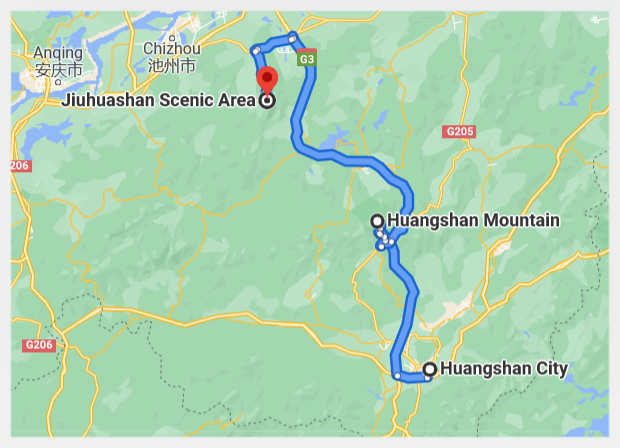
How to Get to Jiuhuashan
Mount Jiuhu is located in Qingyang County, Chizhou, Anhui Province, about 490 km west of Shanghai. Jiuhuashan is easily accessible by road, train and even flight.
You may take long-distance buses directly from Huangshan, Hangzhou, Shanghai, Tongling and Heifei. You can reach Jiuhuashan by train via Chizhou ( 50km northwest of Jiuhuashan) from Shanghai, Nanjing.
Jiuhuashan Airport at Chizhou ( 50km northwest of Jiuhuashan) allows you to enter Jiuhuashan conveniently by air from Shanghai, Beijing, Guangzhou etc.
ABC of Jiuhuashan
Jiuhuashan literally means “Nine Lotus Flower Peaks” named after the nine tallest peaks of the 99 peaks in Jiuhuashan area. Jiuhuashan’s Buddhism boomed during the reign of Emperor Xuanzong in Tang Dynasty.
Today there are still over 90 temples well preserved with 9 temples crowned as National Key temples. There are 600 monks and nuns living in these temples.
Jiuhua New District Station (Ticket + Shuttle)
No matter in whatever tools of transportation you use to enter Jiuhuashan, all the buses or cars stop at Jiuhua New District Station where you buy your entrance tickets to Jiuhuashan from the tourist center: RMB 190 ( summer ) and RMB 140 ( winter ). Your entrance tickets are valid for 3 days.
In addition, you need to purchase your return shuttle bus tickets from the Jiuhua New District Station to Jiuhuajie Village (Town) (九华街), a 20-minute bus ride ( RMB 50) every 30 minutes. Basically it takes two days to explore the highlights in Jiuhuashan and your entrance ticket is valid for three days.
Jiuhuazhen Town ( Stay, Eating & Climbing)
So Jiuhuajie Village (or Jiuhuazhen Town) (九华街) is your starting point to ascend Mount Jiuhua. Jiuhuajie Village is situated at about half way up the mountain. your shuttle bus stops at the Gate to the village. Furong Road is the main street in the village lined with hotels and restaurants. As you march on, you will soon see the square on the street.
There are numerous hotels and restaurants around the square and the main street Furong Street (芙蓉街). You have a large choice of hotels ranging from 2 or 3 star hotels, guesthouses and dorms. Prices go up during weekends and holidays. Budget guesthouses could be found on Jiuhua Old Street.
How to Visit Jiuhuashan
There are three cable stations namely, Phoenix Pine Cable Station, Baisuigong Cable Station and Huatai Cable Station. Most travelers would choose Phoenix Pine Cable Station which allows you go up to Tian Tai Peak.
The Phoenix Pine Station is about 7.5 km away from the starting point at the Gate to Jiuhuajie Village. You need to take the shuttle buses from the gate to the station ( the bus fares are included in your entrance tickets, but you need to buy cable car tickets. Baisuigong Cable Car Station is within Jiuhuajie Village (Town).
Phoenix Pine Cable Car Station Fare (1350 meters and 476 meters fall):
Up the mountain: RMB 55 ( summer ); down the mountain: RMB 50 ( summer)
Up the mountain: RMB 40 ( winter ); down the mountain: RMB 35 ( winter)
Baisuigong Cable Station (452 meters long and 223 meters drop )
Up the mountain: RMB 40 ( summer ); down the mountain: RMB 35 ( summer)
Up the mountain: RMB 35 ( winter ); down the mountain: RMB 30 ( winter)
Where to Stay in Jiuhuashan
There are numerous hotels and restaurants around the square and the main street Furong Street (芙蓉街). You have a large choice of hotels ranging from 2 or 3 star hotels, guesthouses and dorms.
Prices go up during weekends and holidays. Budget guesthouses could be found on Jiuhua Old Street.
Jiulong Hotel (聚龙大酒店): 0566-2831368 Furong Road, Jiuhuajie Village
Shangketang Hotel (上客堂): 0566-2833888 Furong Road, Jiuhuajie Village
Longquan Hotel (龙泉饭店): 0566-3288888 Furong Road, Jiuhuajie Village
I’ve rounded up the top 10 attractions in Jiuhuashan in an attempt to help you plan your own trip.
1. Jiuhuajie Village ( Town) 九华街
Jiuhuajie is nestled in the basin at the altitude of 640 meters surrounded by the mountains in all sides with an area of 4 square km, a core of Jiuhuashan Scenic Area. It is a dispatch hub for tourists and pilgrims.
The development of the village ( now like a town ) goes back to the year of 401 AC when the famous Monk named Huaidu built a temple below the Furong Hill, thus starting the Buddhist activities in Jiuhuashan. There are many temples and old building in Jiuhuajie Town. A big number of makeshift, shabby and ugly buildings have been turned down recently to restore the original appearance of the old the village.
You are encouraged to stay overnight in Jiuhuashan. Jiuhuajie Town is definitely your ideal place to settle down. Furong Road is the main street in the village lined with hotels and restaurants.
2. Huacheng Temple 化城寺
Huacheng Temple is the earliest temple in Jiuhuashan. It is located at the foot of Furong Hill in the center of Jiuhuajie Town. Huacheng Temple dates back to the year of 401 when a monk named Huaidu built a temple on this place. In Tang Dynasty the temple was named Huacheng Temple.
Huacheng Temple is the largest and most elaborate temple in the town. It is a four-courtyard temple starting the entrance gate, Mahavira Hall, Back Hall and sutra depository building.
3. The Incarnation Hall ( Embalmed Body Hall ) 肉身宝殿
This is the place where the embalmed body of a Korean monk named Jin Qiaojue is buried. In 719, the monk Jin Qiaojue came to Jiuhuashan to practice Buddhism. After his Nirvana 794, Jinqiaojue was recognized as Bohdisattva Bodhisattva Dizang Kshitigarbha ( Guardian of the Underworld). Such this place is respected as the abode of Bohdisattva Bodhisattva Dizang, attracting numerous pilgrims every year.
The Incarnation Hall is the most sacred and the highlight place in Jiuhuashan. Bohdisattva Dizang’s birthday falls the lunar July 30 each year when huge crowds of pilgrims will flock here to pray and pay tribute to his birthday.
4. Shantan Temple 旃檀禅林
Shantan Temple is located in the center of Jiuhuajie Town, southwest of Huacheng Temple. Some of its construction wood is sandalwood, hence the name of Shantan Temple. Shantan literally means “sandalwood”. Some pillars of the temple smell of the odor of sandalwood.
Shantan Temple is composed of 4 hall-typed rooms, a palace-typed Mahavira Hall along the middle axis. On the east side is the monks’ and lay Buddhists’s living rooms. This temple was built in the later 19th century.
5.Tiantai Temple天台寺
Tiantai Temple is the highest temple in Jiuhuashan. It stands atop the summit of Tiantai Peak at the altitude of 1306 meters. Tiantai Temple is a must visit place for every pilgrim coming to Jiuhuashan, so Tiantai Peak is often reputed as the main peak in Jiuhuashan. The temple is composed of three group of halls and palaces.
Tiantai Temple is also an ideal place to view the sunrise and sunset. It takes about 4 hours’ walk along the stone steps to get to the top. Or you may take the cable car from Phoenix Pine Station and up to the upper station. You still have to climb one kilometer to reach the summit of Tiantan when you get off at the cable car.
6. Baisui Gong ( Temple ) 百岁宫
Baisuigong Temple was originated during the reign of Emperor Wanli in Ming Dynasty. A monk known as Wuxia traveled Jiuhuashan. He settled down and lived on wild fruits. He spent 20 years by using his own tongue blood and yellow color power finishing the copy of Buddhist sutra, totaling 81 rolls which are kept intact, a National first class relics.
In 1623 Monk Wuxia passed away at the age of 11o, known as One Hundred Monk. Later his body was embalmed with gold power and enshrined, hence the name of Baisuigong, literally, One Hundred Monk Palace (Temple ). This temple attracts a great number of visitors and pilgrims. You may take the Baisuigong Cable car from Zhiyuan Temple Station and walk one hour up to Baisuigong Temple.
7. Zhiyuan Temple 祗园寺
Entering the main entrance to Jiuhuajie Town, soon on your left side, you will see a yellow building where many worshippers are holding sticks of incense to their foreheads, that is Zhiyuan Temple.
Zhiyuan Temple is as famous as Huacheng Temple, Incarnation Hall Temple, Shantan Temple and Baisuigong Temple in Jiuhuajie Town. Zhiyuan Temple is famed for its elaborate and ornate architecture. Jiuhua Buddhism Association is located inside the temple. By the temple is the Baisuigong Cable Car Station up to Baisuigong Temple.
8. Longchi Nunnery 龙池庵
Longchi Nunnery is located on the northern bank of Longchi Ravine at Jiuhua North Road in Jiuhuajie Town, about 4km north of the town center. This nunnery was first built in Tang Dynasty and inhabited by a poetic nun known ad Shenying.
The nunnery we see today is rebuilt in 1987 with a construction area of 950 square meters. The present abbot is Niguoman.
9. Longchi Waterfall 龙池瀑布
Longchi Waterfall is located northeast of Longchi Nunnery and southeast of Ganlu Temple, about 7 km north of Jiuhuajie Town. Longchi Waterfall is over 10 meters fall. The waterfall is caused by Longqi Ravine on its way down from the zigzag deep valley.
Longchi Waterfall is an interesting natural scenic spot in Jiuhuashan and worth exploring for a while.
10. Ganlu Temple 甘露寺
Ganlu Temple is located on the hillside of Banshan at Jiuhuashan North Road, about 7 km north of Jiuhuajie Town. The temple was built in 1667 with Qing Dynasty-style architectures. It was said that on the night before building the temple people had found all the pine trees coated with dews, hence then name for the temple Ganlu Temple, literally sweet dews.
It is one of the four major temples in Jiuhuashan, a National key temples. The Jiuhuashan Buddhism Academy is located inside the temple. The temple is built on the shape of the hillside with a construction area of 3500 square meters.
Add-on
Huangshan Tour
Best Time to Visit Huangshan
Top 10 Attractions in Huangshan
My First Day on Mount Huangshan (1)
My First Day on Mount Huangshan (2)
My Second Day on Mount Huangshan (1)
My Second Day on Mount Huangshan (2)
My Third Day on Mount Huangshan
Hongcun Village
Shexian County (Tips, Photos 7 Map)
Huangshan Travel Blog
Top 10 Attractions in Jiuhuashan
Top 7 Attractions in Anhui
Anhui Tour
Hassle-free China Guided Tours
If you don’t want to go the do-it-yourself route and prefer the hassle-free escorted tours, here are some options for China guided tours:
China Private Tours
China Small Group Tours
China City Tours
China Train Tour
China Yangtze Cruise Tour
China Silk Road Tour
Further Readings
Top 10 Places to Visit in China
10 Fascinating Facts about China
Top 10 Most Essential Things to Pack for China
Plugs and Sockets in China
China Tour Packages
Learning Useful Chinese Phrases for Travellers
How to Recognise Chinese Currency
Top 10 Travel Experiences in China
10 Most Scenic Drives in China
Top 10 Most Beautiful Mountains in China
Top 10 Most Beautiful Lakes in China
Top 10 Most Beautiful Grasslands in China
Top 10 Most Beautiful Rivers in China
Top 10 most beautiful waterfalls in China
Top 10 Places to See Autumn Leaves in China
Top 10 Most Beautiful Villages in China
Top 10 Most Beautiful old towns in China
Top 10 Most Beautiful Museums in China
Top 10 China Tourist Scams
Top 10 Souvenirs in China
Any questions, just drop a line.






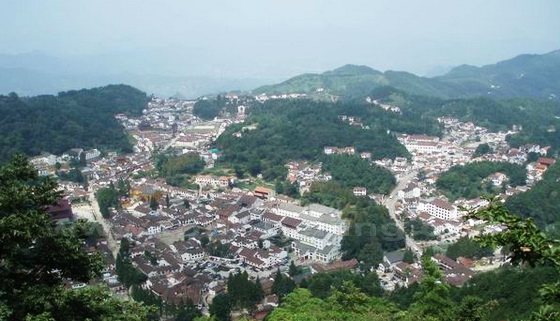
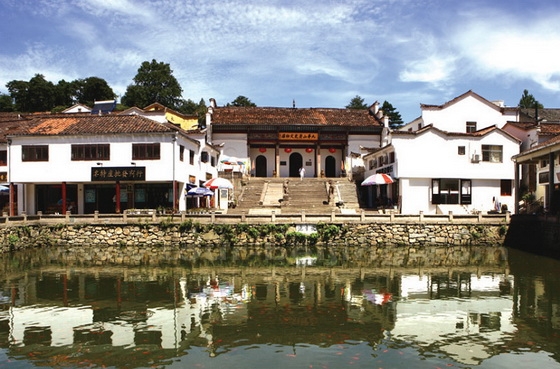
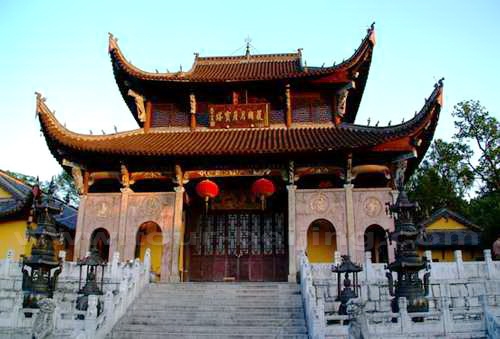
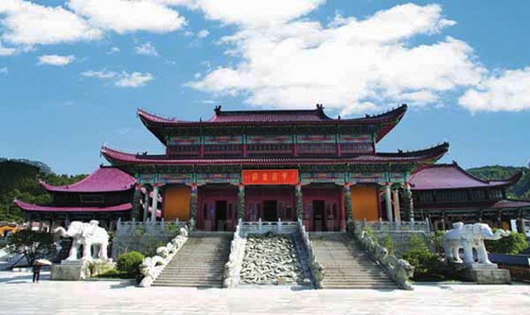
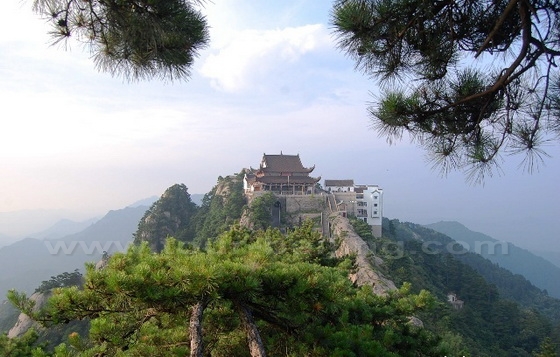
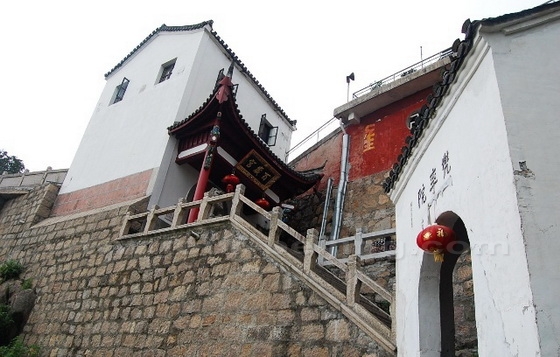
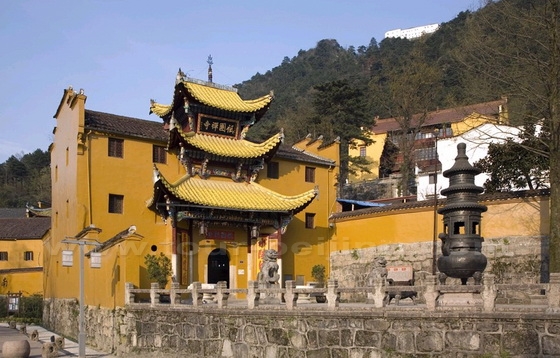
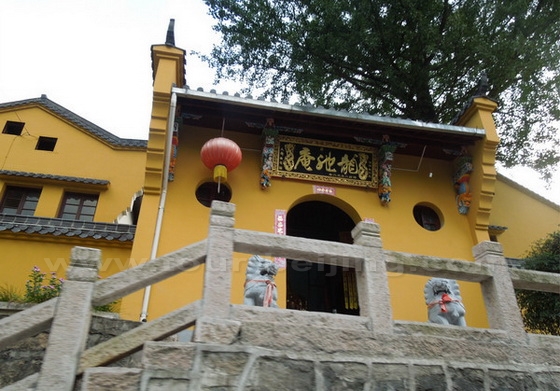
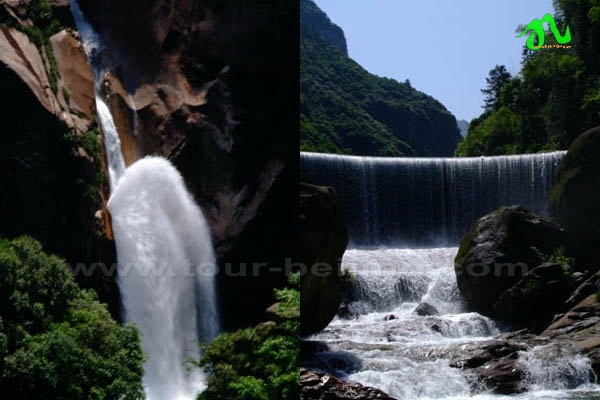
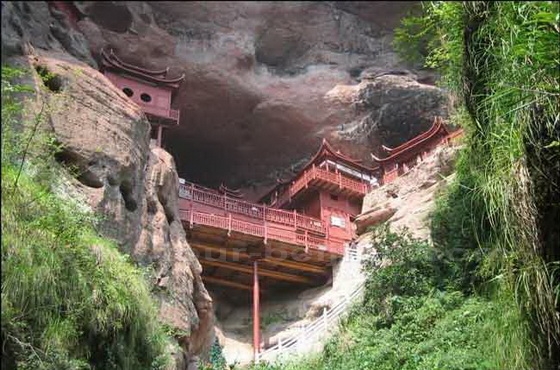
I want to know about travelling to Jiuhuashan for the Qingming long weekend. There maybe 4 families of 4 with the children ranging from 4 – 9 so we cant do too much walking. Please can you recommend an itinerary from Shanghai and recommend some accommodation? We love older style accommodation if there is any.
thanks
Claire